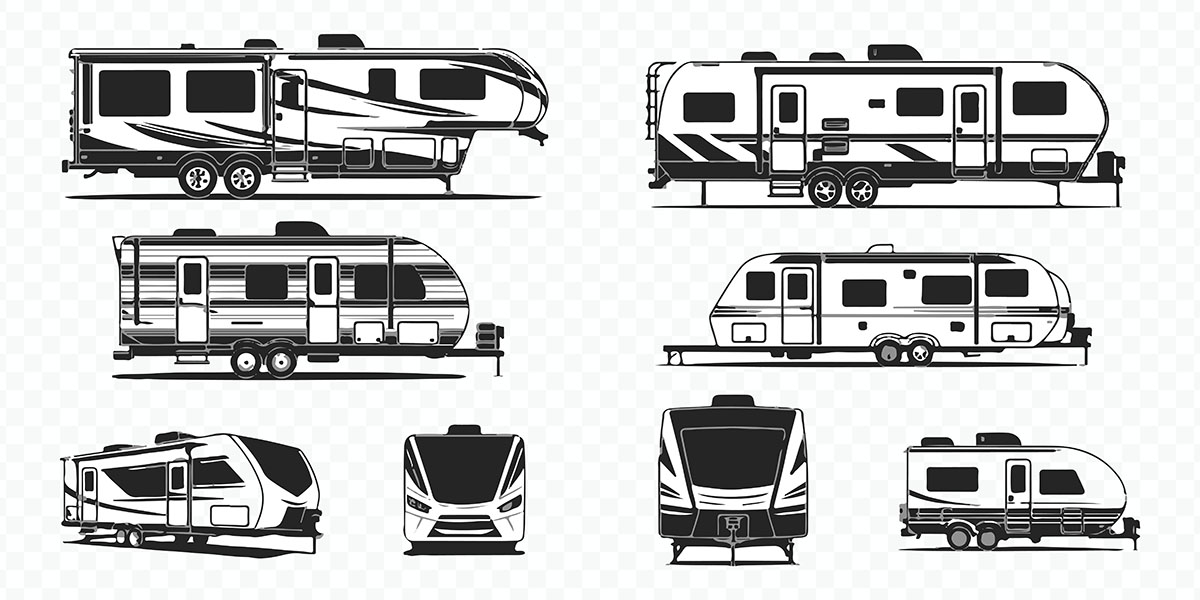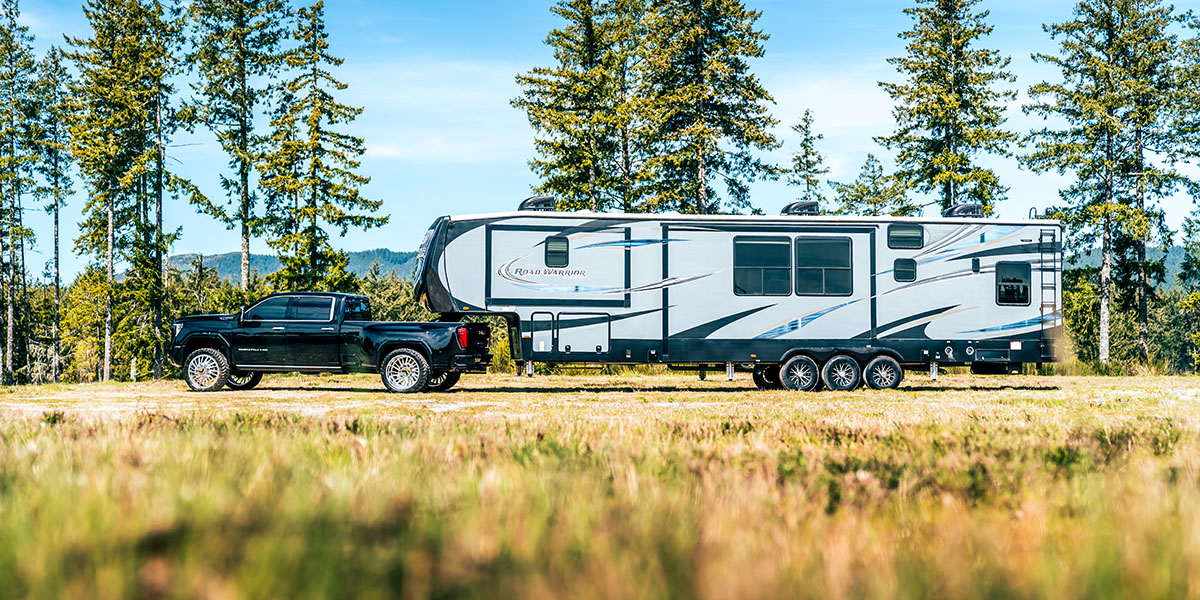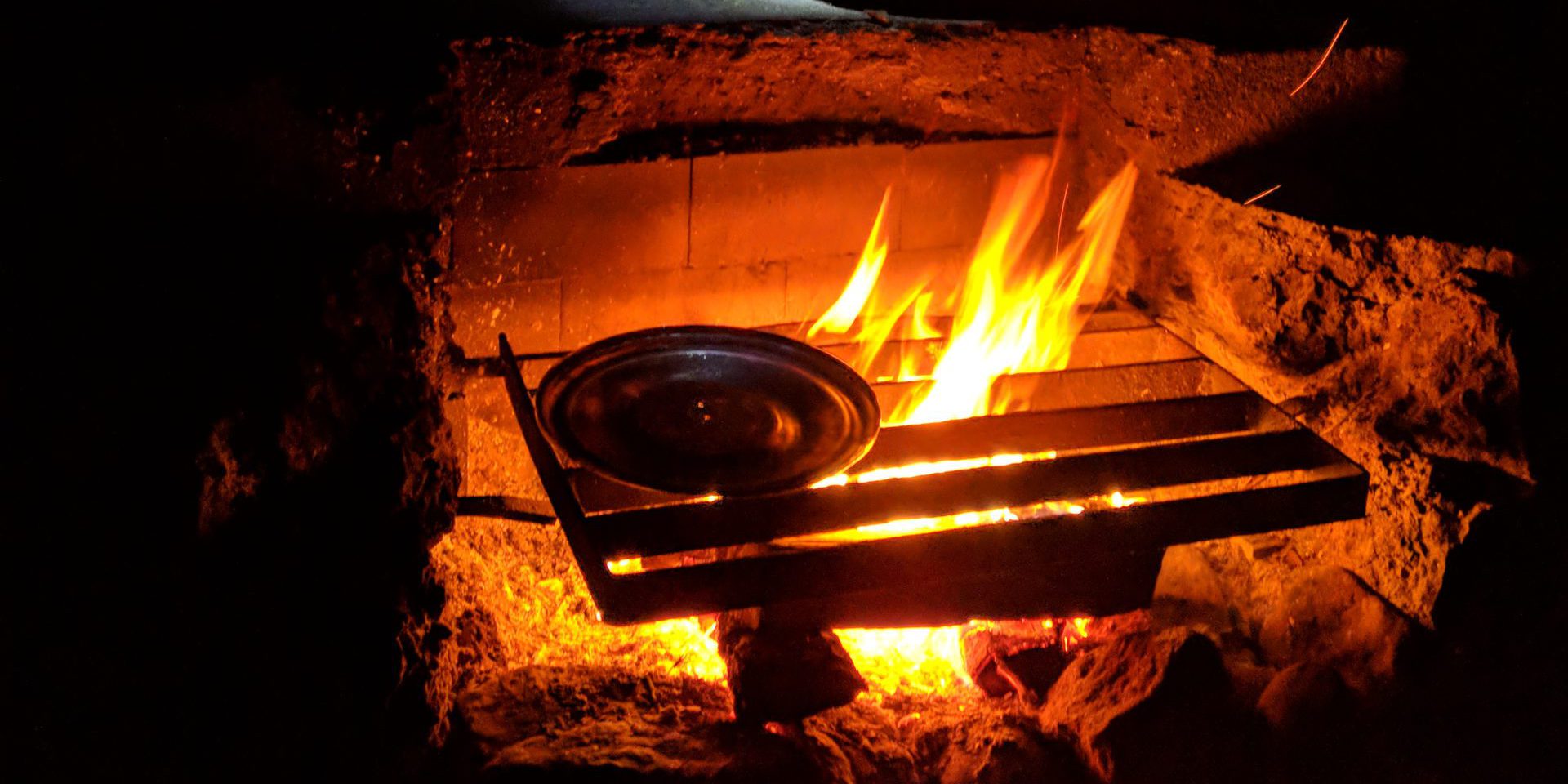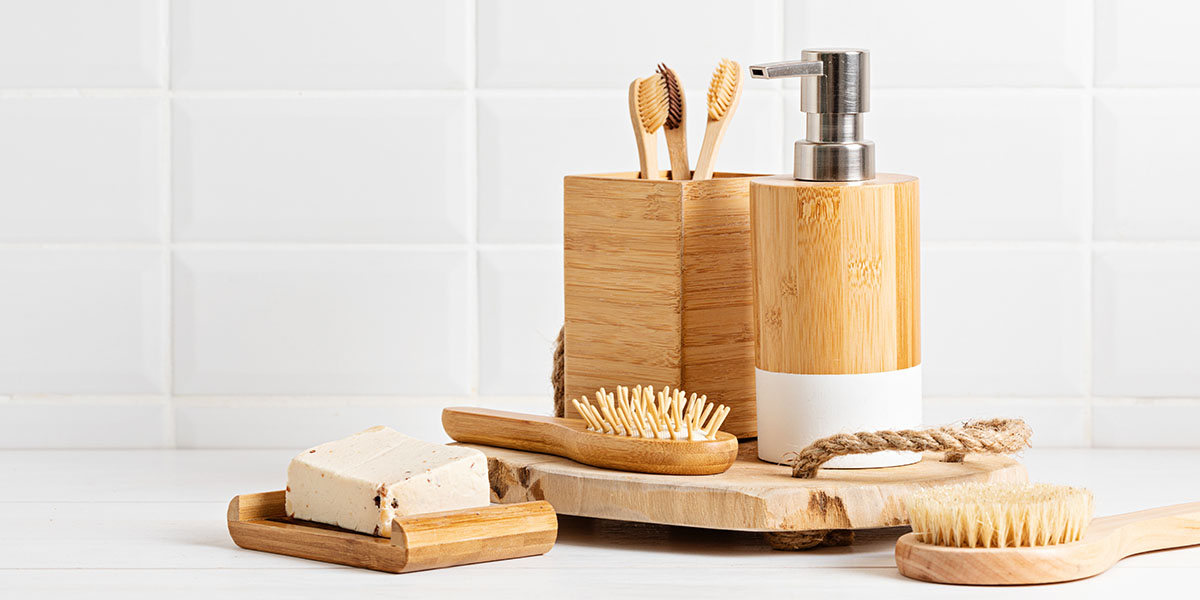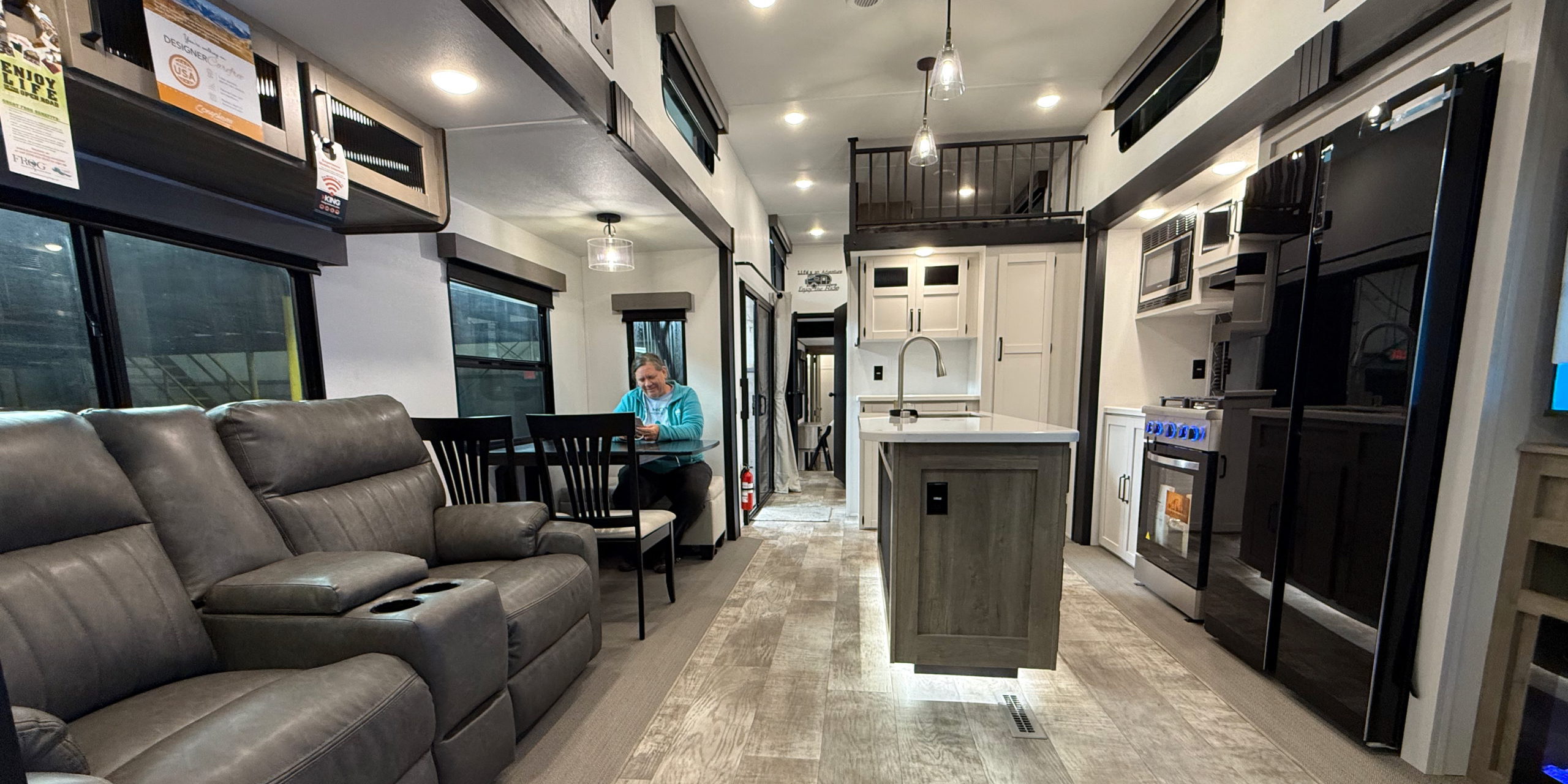If you’re here, chances are you’ve shopped for an RV — whether that’s online on or at a dealership. And, in your research journey, you’ve probably noticed a lot of similarities in rigs. Then, if you do some further digging, you may realize something odd: multiple RV brands fall under the same corporate umbrella often offer nearly the same floorplans, features, and layouts. In fact, if you’re not paying attention, you might think you’re looking at the same rig with a different name badge. (I know my wife and I felt this way at first.) This begs the question: Do these RV brands with the same parent company actually compete against each other? Or is it all just one big, coordinated effort?
It’s a fair (and smart) question. However, the answer about whether these RV brands compete is a little more layered than you might expect. Let’s break it down.
The Structure of Big RV Brands
First, a quick look at how the industry is built. Most RVs on the market today fall under just a handful of major parent companies. The biggest players? In alphabetical order, they are Forest River, REV Group, THOR Industries, and Winnebago.
These aren’t manufacturers themselves—they’re parent corporations that own dozens of individual RV brands. Here are two (limited) examples:
- THOR Industries owns Airstream, Keystone RV, Jayco, Entegra Coach, Dutchmen, Tiffin Motorhomes, and many others.
- Forest River Inc. (owned by Berkshire Hathaway) owns brands like Coachmen RV, Palomino, East to West RV, Shasta RV, Rockwood, Salem, and Cedar Creek.
Each of those individual brands operates semi-independently, with its own product development, marketing, and dealer relationships. But they share resources, supply chains, and sometimes even floorplans.
So … Do These Sister RV Brands Compete?
Yes, they absolutely do. And in many cases, it’s by design.
Think of it like this: Just because Ford owns both Ford and Lincoln doesn’t mean those two brands don’t try to win over the same buyer in different ways. It’s the same with RVs. These brands may operate under the same roof, but they’re built to:
- Appeal to slightly different types of buyers;
- Be sold through different dealerships;
- Hit different price points; and
- Offer slightly different features, packages, or styling.
From a business perspective, it’s smart. By creating internal competition, the parent company gets to cover more ground in the market and collect sales across multiple dealership networks without cannibalizing one single brand.
So yes, when you see a Keystone RV Cougar and a Jayco Eagle going head-to-head on a dealer lot, you’re watching sister brands compete.
Why Then Are Some Floorplans So Similar?
You’re not imagining it. Brands under the same parent company often share floorplans, components, or even chassis.
Common shared elements include:
- Interior layouts (especially in mid-priced travel trailers and fifth wheels);
- Components like fridges, stoves, AC units, and slide mechanisms;
- Furniture suppliers;
- Frames and chassis; and
- Manufacturing facilities (some units are literally built in the same plant, side-by-side).
This isn’t necessarily a bad thing. Sharing platforms can reduce costs, increase production speed, and improve serviceability. But it does mean that buyers need to look closely at build quality, material upgrades, warranty coverage, and after-sale support to distinguish between brands.
What Actually Sets Them Apart?
Here’s where things between RV brands under the same parent company can still differ meaningfully. (These are great points of comparison for savvy shoppers.)
1. Dealer Experience
Some brands are sold through different dealership chains. A Jayco may be sold by one dealership, while a Keystone is sold by another across town. You might love the unit — but your buying and service experience could vary dramatically based on the dealer, not just the RV itself.
2. Warranty and Service Support
Even if two rigs are nearly identical, one brand might offer a better warranty — or be known for stronger factory support. That can make a big difference when you’re a thousand miles from your home base and something breaks.
3. Construction Method
One brand might use Azdel in the sidewalls (a lightweight composite panel resistant to rot), while another uses wood. One might have aluminum framing, while another goes with steel or a wood/metal hybrid.
4. Aesthetic and Finish
Even when layouts are the same, cabinetry, wall materials, upholstery, and lighting can vary between brands. Some prioritize modern and minimalist interiors, while others may lean towards a traditional and cozy feel, and some may fall somewhere in between.
5. Factory Location and Build Crew
Even brands under the same umbrella can be built in different factories with different quality control standards. This sometimes leads to small variations in reliability or attention to detail — even between “twin” units.
Is Brand Loyalty Still a Thing?
Yes and no. (Again, it’s complicated.) Some RVers swear by certain brands — especially those that have served them well over many miles and years. But many others simply follow the layout, price, and features they need at the time of purchase.
Because so many brands are owned by the same handful of corporations, traditional loyalty often gives way to comparing real-world differences: Which model actually fits your lifestyle, budget, and quality expectations?
What About Independent Brands?
A few RV manufacturers are still independently owned or operate under a niche model, but these brands don’t compete the same way as the big corporate umbrellas. They often offer more customization, stronger quality control, and unique designs. They also usually come at a higher price point.
That said, this is a fluid landscape where independent manufacturers can be purchased by parent companies to be part of their overall brand and portfolio. When this happens, the parent company tends to keep a lot of the materials and operations as similar to when they were independent, but that isn’t always the case. There have also been independent brands that have become part of a mega corporation, only to be resold to a smaller group or even go independent again.
So if this matters to you, always do a little research about who ones the brand before purchasing.
Overall, Does It Really Matter?
By now, you can probably predict this answer: Yes and no.
- Yes! Because understanding who owns what can help you see through the marketing noise and focus on what matters to you, like build quality, after-sale support, layout, how the rig fits your lifestyle, etc.
- No! Because even sister brands can vary enough in construction or experience to feel totally different once you live in them. My wife and I have noticed this as well.
So, next time you’re touring RVs and wonder why two rigs look eerily alike but have different names on the front cap — you’re not crazy. That’s by design.
The sister RV brands might compete with each other, but either way, their parent company wins. And hopefully, you do too.
[marketplace_inventory_widget header]
